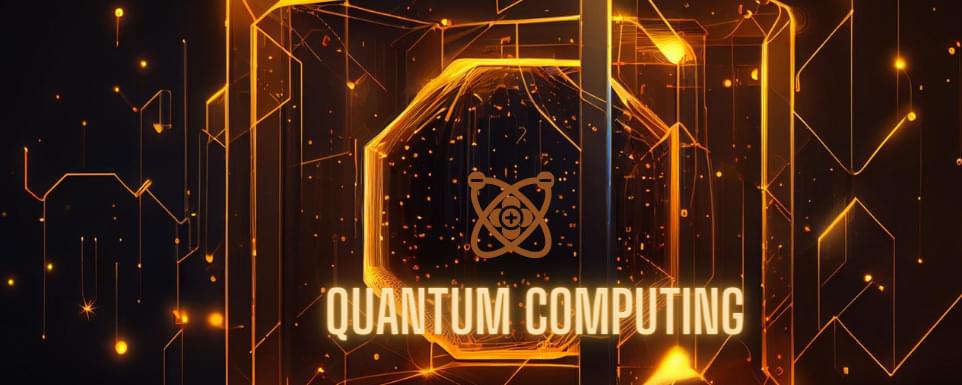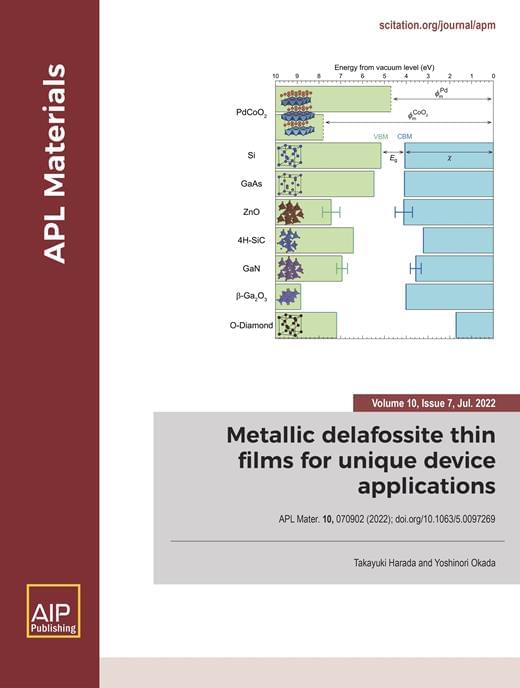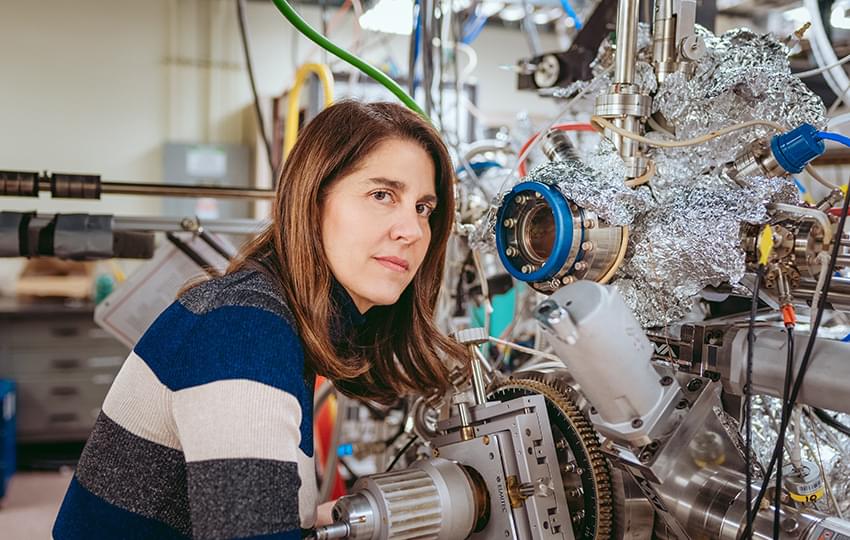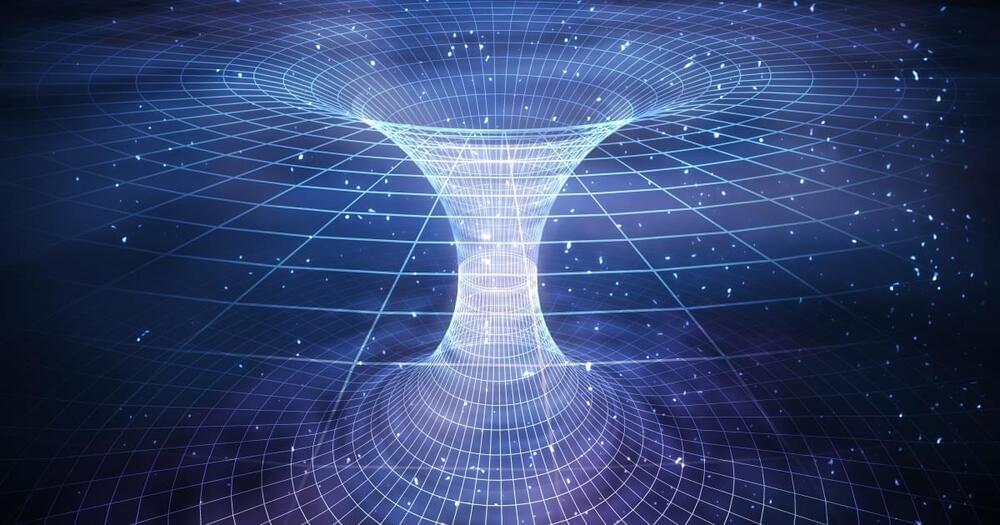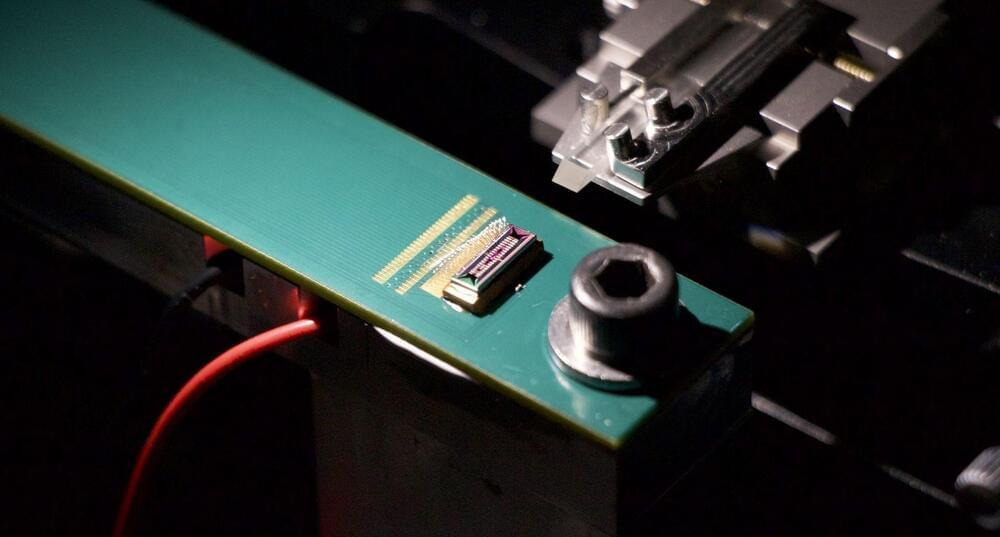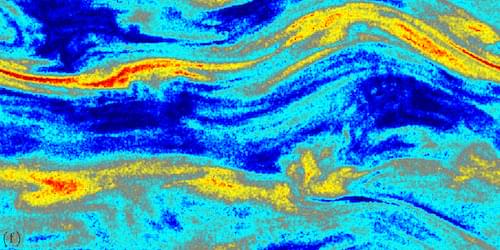Apr 30, 2023
How quantum computing could transform everything everywhere, but not all at once
Posted by Genevieve Klien in categories: computing, particle physics, quantum physics
What does quantum computing have in common with the Oscar-winning movie “Everything Everywhere All at Once”? One is a mind-blowing work of fiction, while the other is an emerging frontier in computer science — but both of them deal with rearrangements of particles in superposition that don’t match our usual view of reality.
Fortunately, theoretical physicist Michio Kaku has provided a guidebook to the real-life frontier, titled “Quantum Supremacy: How the Quantum Computer Revolution Will Change Everything.”


